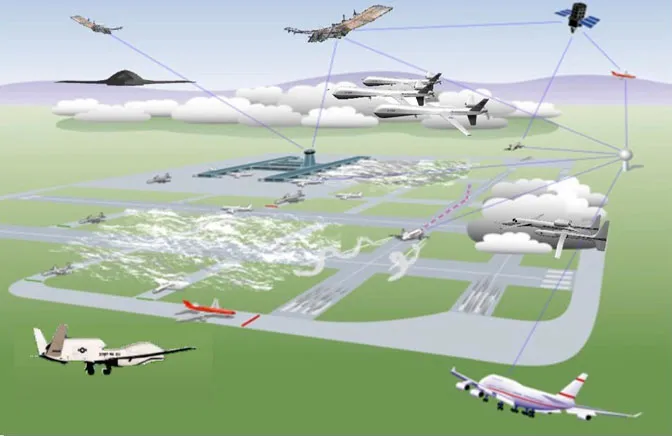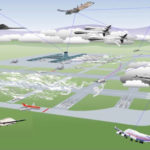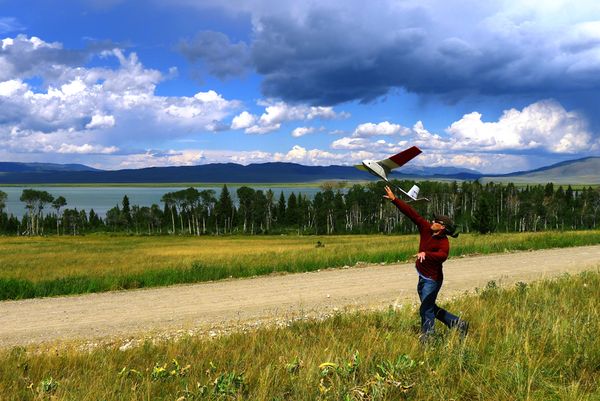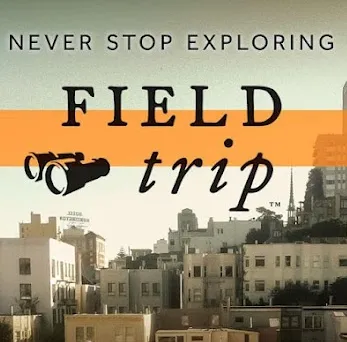
Drones Making a lot of Sense for Geo-Spatials: Thanks to the Military Again.
 It is quite interesting that the defense and military spend billions of dollars developing wonderful technologies and we, the geo-spatial civilians leverage it nicely to change the way we do the things we do.
It is quite interesting that the defense and military spend billions of dollars developing wonderful technologies and we, the geo-spatial civilians leverage it nicely to change the way we do the things we do.
The Defense and Military spent billions in GPS technologies and later it went civilian and completely changed our world.
The same is beginning to happen with Drone technologies which has recently gone civilian, now introducing a new paradigm shift in the geo-spatial world.
The Use of drones in environmental monitoring and research is getting massive. NASA has started leveraging the technology for hurricane missions. State agencies and private companies have started using smaller drone models for almost everything. It has been used for sandhill crane population estimate in Colorado and in Monitoring volcanic activities in Hawaii.
Courtesy of Nationalgeographic.com a USGS scientist launches a Raven drone over Upper Red Rock Lake in Montana in the picture below. A thermal camera on the remote-control glider was used to identify the location of underwater springs that could help fish survive through winter.
With a 4.5-foot (1.2-meter) wingspan and battery-operated motor, the Raven can stay in the air for up to 90 minutes and reach an altitude of 1,000 feet (305 meters).
“These small, inexpensive UASs (unmanned aircraft systems) put the tools in the hands of the land managers at the local level and supplement or replace satellites and manned aircraft,” explained USGS’s Hutt.
“The technology also helps us become more cost effective in doing what we do.”
The sandhill crane project would have cost close to $30,000 with a manned flight; using the Raven lowered the cost to about $3,000, he said.
This is really gonna change our process.
Sources : Nationalgeographic.com , Nasa.gov.











